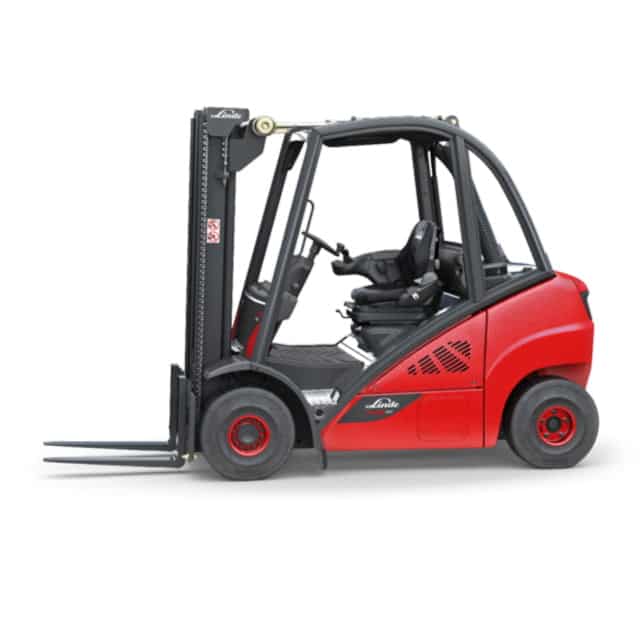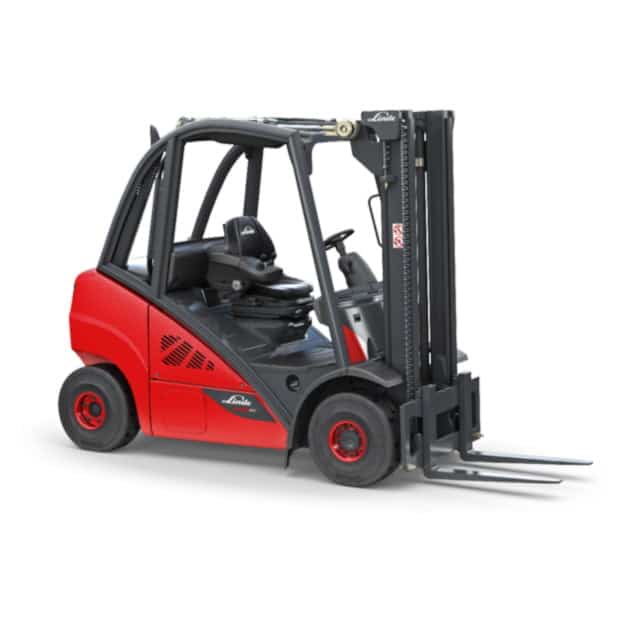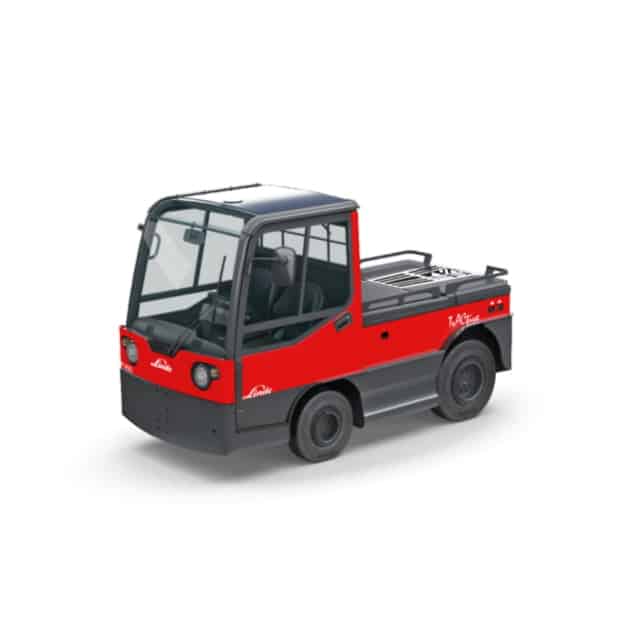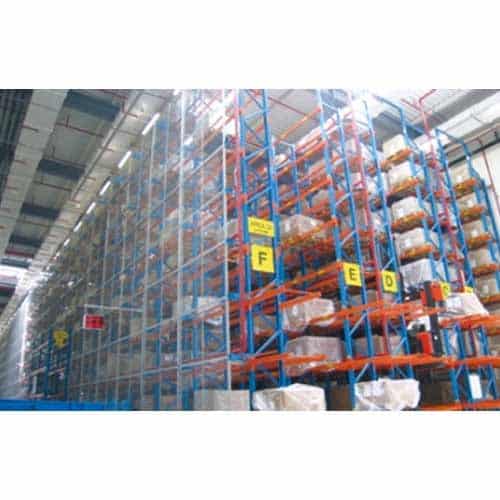Ask anyone in the warehousing industry these days and they will tell you that things are inexorably changing. Over the past few years, the way that consumers buy has necessitated a radical rethink about how to meet customer expectations for quicker service and delivery. Online sales growth is unprecedented and along with the growth come the logistics challenges involved in getting purchases to customers.
Distribution companies have had to adapt to ever-growing pressures, and equipment suppliers have been forced to improve efficiency and flexibility.
We all know that as warehouses get bigger, and the distribution market gets bigger, so too do the costs associated with running a business… the price of real estate, fuel, wages, insurance, etc. all rise often faster than profits increase. These pressures significantly influence what and when equipment is purchased or replaced. So it is crucial that managers really do know their business inside out.
These days it is vital to know the exact specifications (sizes, weight, shapes, pallet dimensions, product type, and speed of turnaround) of the inventory a company is handling in order to decide on the most economical and efficient device for moving and lifting that inventory. It’s important to consider the peaks and troughs of equipment demand, and of course operator safety and comfort.
It is also good to know when it’s right to buy a new piece of machinery or, at that moment in time, whether it’s a good idea to buy a used device. Buying expensive is not always the best solution: durability and reliability should be the first priority, and then price. As important is after-sales service, including a supplier’s ability to provide spare parts, quick service, trained service technicians and on-site service vehicles.
Multi-Technology Warehouses
While it’s true that there is a general move towards automated solutions, mass integration is happening slowly. Most modern forklifts focus strongly on the basics of efficient manual operation with the added advantages of modern technology options. For smaller companies, this delivers all the traditional strengths of a solid workaday forklift with the ability to integrate automation as demands change. Forklift dealers can easily install customer-specific applications allowing the end-user to choose the technology that best suits their needs.
Of course, the ability to integrate technologies is because the traditional forklift has developed into a finely-tune, high-tech and flexible piece of equipment incorporating automation technology such as guidance systems, height selection controls, synchronous rotation on turret-heads, fork cycle control (picking up and putting away of pallets in rack positions) and automated battery changing stations.
Currently, in large distribution centres, it is not uncommon to see manually operated forklifts, automated or robotic equipment and warehouse management systems work together. And while automated guided vehicles, warehouse management systems and warehouse cost control systems were once rare in small- or medium-sized operations a few years ago, things are beginning to change.
As warehousing and distribution operations strive for greater productivity and cost efficiency, more and more are refining their operations to integrate multiple technologies into their business models. And it seems to be working well.





